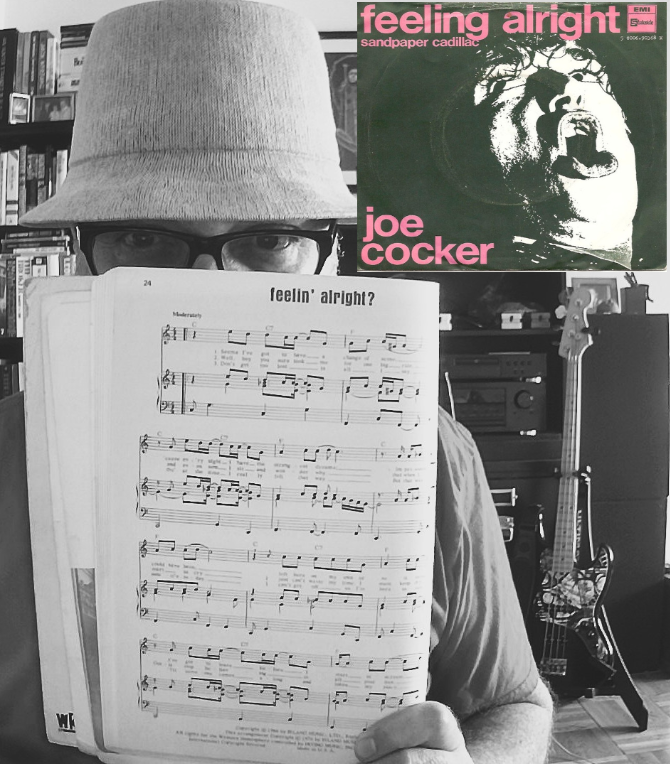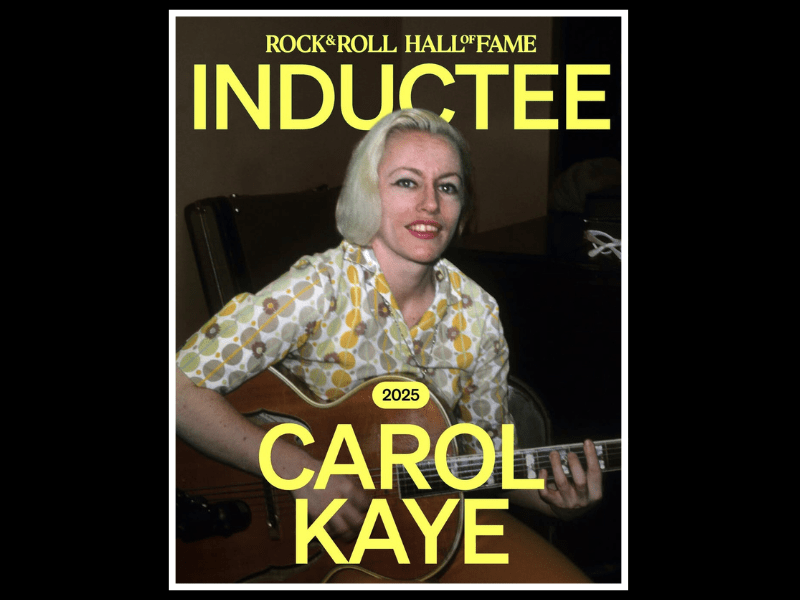Carol Kaye - The Bass Legend's Story
Imagine a sound that shaped generations of music, a subtle yet powerful force that you’ve heard countless times without perhaps knowing its origin. That sound, so often, came from the fingers of one person: Carol Kaye. She is, in many respects, someone who truly led the way in music, becoming known to many as the "first lady of bass." Her contribution to recordings is simply immense, with her playing appearing on what is estimated to be over 10,000 sessions. She even spent time teaching thousands of musicians how to play the electric bass, sharing her unique way of approaching the instrument.
Her work, you know, touches so many well-known pieces of music. She contributed her distinctive sound to recordings by truly famous acts, including the sun-drenched tunes of The Beach Boys, the thoughtful songs of Simon & Garfunkel, and the often-unpredictable creations of Frank Zappa. Carol Kaye is, in a way, someone who brought new ideas to music, changing how we thought about the sound of bass. Her playing really gave a fresh shape to the music of her time, providing a solid foundation for countless rock, pop, and R&B hits, as well as many movie and television show scores.
More recently, there has been some talk about her connection to the Rock & Roll Hall of Fame. Carol Kaye, who has played on a great many songs, including those by Barbra Streisand, was named as someone to be recognized. However, she has chosen not to accept the offer to be part of the induction event. This decision, she explained, comes from her strong feelings about the term "Wrecking Crew," a name she really dislikes. It's a bit of a complicated situation, but it certainly shows her strong convictions.
Table of Contents
- The Life Story of Carol Kaye
- How Did Carol Kaye Start Her Musical Journey?
- Carol Kaye's Unmatched Studio Work
- What Makes Carol Kaye's Bass Playing So Special?
- Carol Kaye and the "Wrecking Crew" Controversy
- Why Did Carol Kaye Decline the Rock & Roll Hall of Fame Honor?
- Carol Kaye - An Educator and Author
- What Are Carol Kaye's Favorite Performances?
The Life Story of Carol Kaye
Carol Kaye, born on March 24, 1935, is an American musician whose impact on popular music is, well, just enormous. She is often thought of as one of the most recorded bass guitarists in the history of rock and pop music. Her career began in the studio around 1957, and she worked consistently until the 1970s. During that period, she became, in fact, the person who had played bass on more recordings than anyone else. Her very long list of recording jobs includes more than 10,000 different pieces of music. She was, you know, a true workhorse of the recording studio, providing the low-end foundation for countless songs that people still listen to today.
Personal Details and Bio Data of Carol Kaye
| Full Name | Carol Kaye |
| Born | March 24, 1935 |
| Nationality | American |
| Primary Instruments | Electric Bass, Guitar |
| Known For | Session Musician, Educator, Author |
| Estimated Sessions | Over 10,000 |
How Did Carol Kaye Start Her Musical Journey?
It's interesting to note that Carol Kaye, while widely celebrated for her bass playing, actually started out as a guitarist. She was, you know, quite skilled with the six-string instrument before she ever picked up a bass. This background, perhaps, gave her a different perspective when she did switch over. She wasn't just a bass player; she was a musician with a broader understanding of how instruments fit together in a song. This early experience with the guitar likely shaped her unique approach to the bass, allowing her to create lines that were both supportive and melodic. So, in some respects, her guitar beginnings are a key part of her story.
Carol Kaye's Unmatched Studio Work
When we talk about Carol Kaye's work in the studio, we are, quite simply, talking about an incredible volume of music. She played on thousands of songs during the 1960s, a time when popular music was truly finding its voice. Her contributions are woven into the fabric of that era's sound. She lent her skills to hits by artists like The Beach Boys, contributing to their distinctive sound, and also worked with Simon & Garfunkel, providing the rhythmic backbone for their thoughtful folk-rock tunes. Barbra Streisand's recordings also feature her playing, showing just how versatile she was. She was, you know, a go-to person for many different kinds of music.
Her ability to play on hundreds of hit records, as well as scores for movies and television shows, really set her apart. She was, in a way, a quiet force behind the scenes, helping to create the sound of an entire generation. Her presence in the studio was, apparently, a sign that the music being made was going to be something special. She was a significant builder of modern music, with her creative musical ideas and her perfect sense of rhythm. These qualities made her an indispensable part of countless recordings across various music styles, including rock, pop, R&B, and film scores.
What Makes Carol Kaye's Bass Playing So Special?
So, what exactly is it about Carol Kaye's bass playing that makes it stand out so much? Well, it's a combination of things, really. She had a way of coming up with inventive lines, meaning her bass parts weren't just simple root notes; they were melodic, almost like a counter-melody to the main tune. Her timing was, frankly, just about perfect, which is crucial for any session musician. She knew exactly when to play and when to hold back, providing a solid, yet flexible, foundation for the other musicians. This approach, you know, allowed her to shape the sound of modern music in a profound way.
She was, in a sense, someone who gave a fresh shape to the instrument itself. Her style was not simply about holding down the rhythm; it was about adding a layer of musicality that made the songs more interesting and memorable. This is why she's often described as a musical innovator. She wasn't just playing notes; she was, arguably, telling a story with her bass lines. Her playing had a certain feel, a groove that was unique to her, and this made her highly sought after by producers and artists alike.
Carol Kaye and the "Wrecking Crew" Controversy
The term "Wrecking Crew" refers to a group of highly sought-after session musicians in Los Angeles during the 1960s and 1970s. Carol Kaye was, indeed, a prominent member of this group, contributing her playing to many of their recordings. However, she has made it very clear that she dislikes the name "Wrecking Crew" intensely. She has, you know, often spoken out against it, feeling it doesn't accurately represent the professional and dedicated nature of the musicians involved. She sees it as a somewhat disrespectful term for the serious work they did.
This difference in opinion is, apparently, a significant point for her. She has consistently set the record straight about the name, preferring to refer to the musicians simply as "session players" or by their individual names. It's a matter of principle for her, a way of honoring the serious craft and artistry that went into those thousands of recordings. Her stance on this matter shows her strong belief in the proper recognition of musicians and their contributions.
Why Did Carol Kaye Decline the Rock & Roll Hall of Fame Honor?
When the Rock & Roll Hall of Fame announced its inductees, Carol Kaye's name was, actually, among them. This recognition was for the Musical Excellence Award, which is a big deal for many artists. However, Carol Kaye made the decision to decline her invitation to the induction ceremony that was scheduled for June 18. This choice, you know, took some people by surprise. She publicly announced that she would not be taking part in the event.
Her reason for choosing not to accept the honor is directly tied to her dislike of the "Wrecking Crew" name. She has, in fact, mentioned that the Hall's use of this term, which she finds offensive, was a key factor in her decision. It's a clear demonstration of her strong feelings about how her work and the work of her fellow session musicians should be remembered and referred to. For her, it seems, standing by her principles is more important than accepting a widely recognized award if it means associating with a term she despises.
Carol Kaye - An Educator and Author
Beyond her extensive work as a session musician, Carol Kaye has also had a significant career as an educator and author. She has, in a way, shared her vast knowledge with countless aspiring musicians. She taught electric bass to thousands of students, passing on the techniques and approaches that made her so successful in the studio. This teaching aspect of her career is, arguably, just as important as her playing, as it has shaped the skills of future generations of bassists.
She is also known as a writer and publisher of educational materials. Her methods and insights have been captured in various books and instructional guides, making her wisdom accessible to an even wider audience. She has, in fact, had an effect on many famous musicians through her teaching and her written works. There are even excerpts available from a documentary called "First Lady of Bass," directed by Pekka Rautio. This shows just how much she has contributed to the instrument, not just by playing it, but by teaching others to play it well.
What Are Carol Kaye's Favorite Performances?
It's interesting to hear directly from Carol Kaye about the songs she considers her best work. She has, you know, a list of 10 songs that she feels represent her finest contributions. While the specific list isn't fully detailed here, knowing that she has such a personal selection gives us a deeper look into her own perspective on her vast output. These would likely be tracks where her bass playing truly shines, perhaps where she felt she was able to be particularly creative or where her part played a significant role in the overall feel of the song. It's a way of highlighting the pieces she's most proud of, out of thousands.
For instance, songs like "Good Vibrations" by The Beach Boys and "Wichita Lineman" by Glen Campbell are often mentioned when talking about her work. These are tracks where her bass lines are, quite simply, iconic and instantly recognizable. Her playing on these records provided a distinct character to the music, making them stand out. So, it's fair to say, her personal favorites likely include these kinds of pieces, where her unique touch is clearly present and helps define the song's sound.
Carol Kaye's journey is a truly remarkable one, from her early days as a guitarist to becoming the most recorded bassist in music history. Her innovative playing shaped the sound of countless hit songs, influencing generations of musicians. Despite her extensive contributions, she remains a person of strong convictions, as seen in her stance on the "Wrecking Crew" name and her decision regarding the Rock & Roll Hall of Fame. Her legacy is not just in the notes she played, but also in the knowledge she shared as an educator and author. She is, in every sense, a foundational figure in the story of modern music.

Carol Kaye - Between The Rock Hall and a Hard Place | Know Your Bass Player

Carol Kaye Turns Down Rock and Roll Hall of Fame Induction

Carol Kaye turns down Rock & Roll Hall of Fame induction